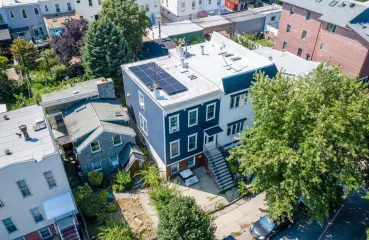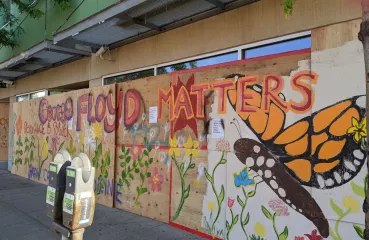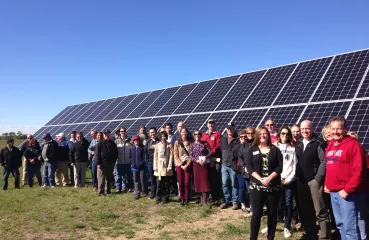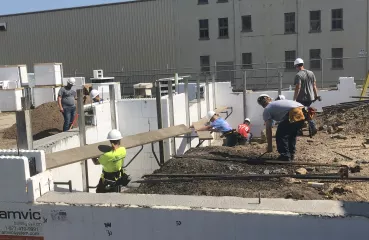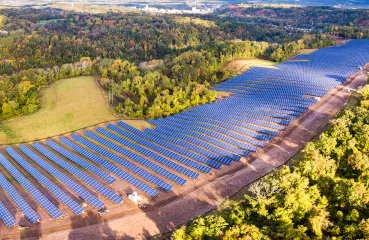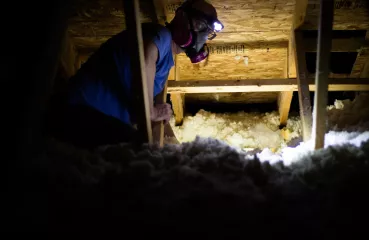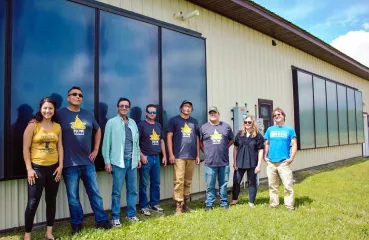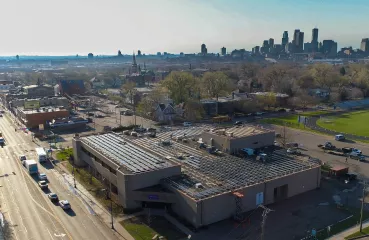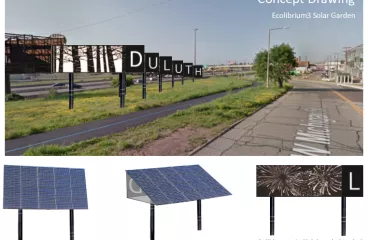Marie Donahue: I’m glad you’re raising those points around EVs—or electric vehicles—and access to clean energy technology, which I’ve heard has been a focus of your work, whether that’s in solar or electric vehicle charging. So, I’m curious, since these conversations can be a bit wonky or technocratic, how did you come to see the technology angle as being such a critical piece to focus on?
Jamez Staples: I came to this work because I wanted to create economic opportunity for people who have traditionally been left behind. And that in itself was a mountain to climb because it wasn't like I had a background in it, but I saw how big the mountain was. After you'd get up one little hill, you realize there's another big hill. And I realized, this thing is huge! Clean energy is everything; it’s EVs, energy efficiency, just the whole gamut. It’s the STEM component. So, I had to run back down the hill to my people and be like, “Look, this is an opportunity. We need to be a part of this.” I got up to the top of the hill, and I'm trying to bring them with me.
The key has been: how do we make this an opportunity for all of us to actively participate? The fact that the climate change movement had already been happening, it had already been a serious point of discussion on presidential campaigns. This made it just that much more grandiose. For me to try and help those that didn't know about it to see if there's an opportunity.
So, I came to this work looking at it through the economical lens. And then I realized, if we're here and we want to get here, there's a big gap. So the gap was one part awareness, but also the actual training that was necessary for people to participate. That's where I was like: “We want to be a part of this. We got to start preparing and getting ready.” And that's where the training center is a critical component of the industry, as we move forward.
So, I know I jumped in talking about EVs, but I'm very much in the solar business and we're developing projects. The intended use of the training center is to look at the disparities that Minnesota has. My goal was to engage in vertical integration in how do we make sure that the youth are engaged, so that they can actively participate? Because if we have disparities, then we need to figure out how to address those disparities. But if we just work and focus on the adult population, we still have youth coming out of school without the skill sets that they need. And if we can stop that from happening, that's kind of like putting pressure on the wound, so it's no longer hemorrhaging.
Then we can start to focus on how we ultimately, once we get the youth together, then how we can focus on the adults also. Because it’s like doing the same thing over and over again, expecting to resolve the educational system, which isn't necessarily working for the youth. So we need to fix that, get them to technical training, get them the awareness of STEM careers, and then also simultaneously address demand for those careers.


.png)


